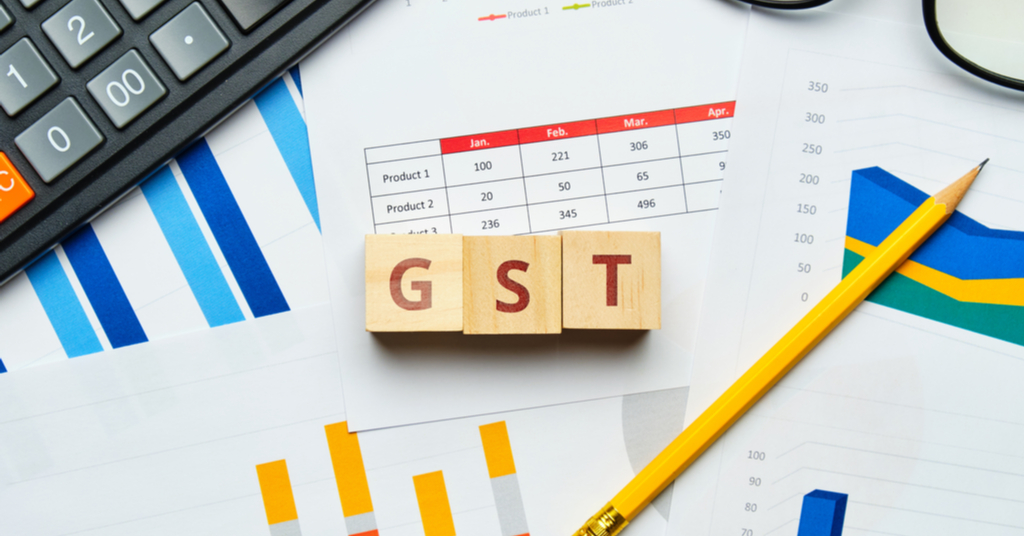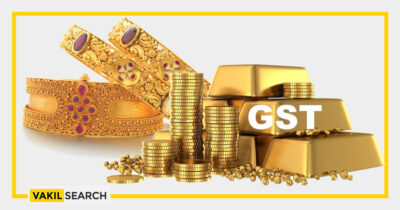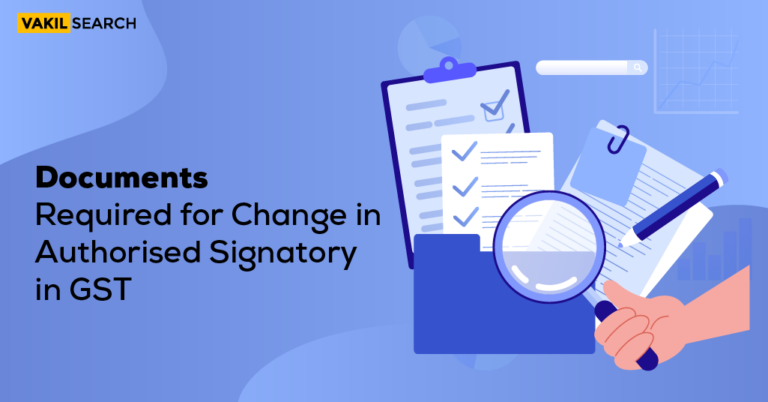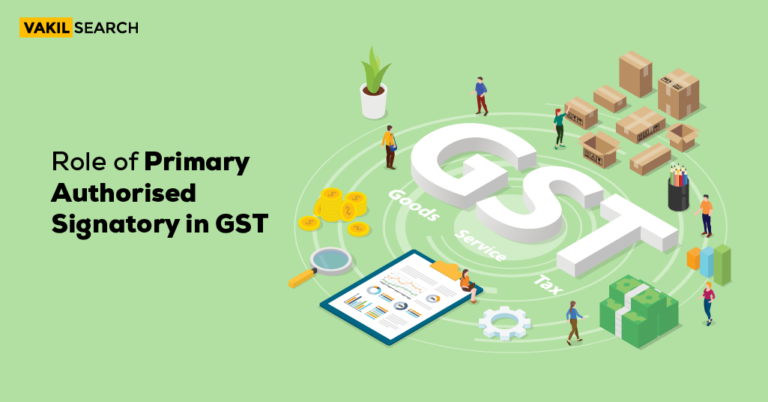In this article we shall discuss in what ways the introduction of GST regime has affected the growing digital marketing sector.
The Goods and Services Tax as a unified indirect taxation system has been in the works for several years through several standing committee recommendations and was finally implemented in 2017. It is one of those reforms which almost all parties have agreed is necessary albeit they do disagree on the finer points of its reach and its implementation. This is because the GST regime is viewed as a double edged sword. This blog details on the impact of GST on the digital marketing industry.
On the one hand it will single handedly unify and consequently simplify the entire Indian taxation system which has been often called as one of the most complicated taxation systems in the world. At the same time repealing a tax system that has been in place for almost a century and replacing it with a new regime with a completely new set of regulations and procedures can disrupt the economy as businesses temporarily take their time to adjust to the new system. This can also hurt the revenue of the government in the short run causing additional inflation due to a strangled cash flow, if not monitored closely and thoroughly.
GST Registration has now been in effect for a good five years and the system is slowly settling down in place. As the larger issues of procedure and regulation are being taken care of at the implementation level, different industries with different characteristics can be seen having unique effects upon the implementation of the GST regime. In this article we are going to talk about the impact of GST on the digital marketing industry specifically.
Impact of GST on Digital Marketing Industry
Increase in the Tax Rate
Digital marketing is almost entirely a service based industry. Under the previous regime, it fell under the ambit of Service Tax. The service tax was a singular tax across states and the rate of taxation usually fell between 12% and 15%. But under the GST regime the tax rates are different and like sales tax, subject to the variations in rules and regulations from state to state.
As service tax increases from 15% to 18%, digital marketing companies which function across different states and jurisdictions find it difficult to pay taxes as they have to take into consideration the different GST slabs in different states, State GST (SGST) and the Integrated GST (IGST) rules. This means an increase in work and cost in terms of regulatory maintenance. This means that they have to counterbalance the 3% increase in rates by hiking their prices and cutting other costs.
The government believes that the difficulties will pan out, gradually and eventually and in the long run, will help strengthen the economy by plugging the leaks in the tax revenue system. The GST implementation allowed expenses on advertising to be applicable to avail the input credit of 18%, which helps companies cut their losses and hence, this was a welcome change for the digital marketing sector.
Reforms in GST
Late finance minister Arun Jaitley headed the 32nd meeting of the GST council. The meeting ended by deciding on some new rules for Medium, Small and Micro Enterprises (MSMEs) which was wholeheartedly welcomed by the council as it aimed to cash in on the growth that the digital marketing industry is undergoing. Almost 45% of such companies employ less than ten people while 33% function with less than 30 employees. Around 78% of such companies make less than Rs. 40 lakhs a year. These companies fit the criteria required to be categorised as MSMEs and can hence benefit from the separate rules that have been framed to benefit MSMEs.
A Rise in Exemption Limit
The GST exemption limit has been raised from ₹ 20 lakh to ₹ 40 lakh and thereby will allow a lot more companies to avail tax exemption hence letting them reinvest the money saved in the growth of the business and the economy as a whole. Companies which earn lesser annual turnovers have always complained how paying taxes leaves too little with them making it harder for them to register a profit. This raise in the exemption limit will greatly benefit such companies. States can decide between the two slabs. Both Maharashtra and Karnataka, which are considered hubs for commerce, have gone with the Rs 40 lakh slab hinting what pattern the other states will choose as well in an attempt to encourage startups.
Composition Scheme and Impact of GST on Digital Marketing Industry
Services sector companies were not included in the composition scheme earlier. But new reforms have made both the service and mixed supply sectors a part of the programme. Online marketing agencies and content writers can avail the benefits of the composition scheme at a 6% tariff rate if they make less than Rs. 50 lakhs a year. This gives them several competitive advantages such as the option to file IT returns once a year and also pay the tax at a flatter and lower rate. Digital marketing agencies lose their claim on input tax credit if they choose to comply with the composition scheme and will, therefore, pay tax from their profits. Such companies have to register by filling the GST CMP-01 form and also form GSTR-4.
Cess In Kerala
While earlier, companies in Kerala did not have to pay cess before, they now have to pay a Cess of 1% for up to two years. This change was brought in to help rebuild the state which had been ravaged by floods last year. These reforms will have impacts worth Rs. 3000 crore and will come into effect from 1st April 2019.
Regulations Regarding Foreign Companies
The tax, commonly known as the ‘Google Tax’, which is levied on foreign digital MNCs such as Twitter, Yahoo, Google and Facebook will also be affected by the GST and might lead to an increase in operational costs for such MNCs.
Conclusion
The initial 2-3 months witnessed several implementational hiccups, and while big brands and MNCs were prepared, smaller business people and companies found the transition difficult as they did not have the right personnel to manage the shift. Such brands took a while to watch, study and analyse the trend and then made the switch resulting in some losses for such companies. While the service tax rose by 3%, it did not have a decisive impact as the new system allows for expressing the expenditure as an input credit. Advertising spends on companies, and big brands are expected to increase as advertising costs are projected to decrease.
While the previous tax system considered the advertising expense to be a manufacturing cost and hence made it liable to pay VAT and sales tax, the new system allows marketing companies to avail some losses as input credit. Experts believe that this will lead to an increase in the value of money companies spend on advertising and branding and hence, the sector is expected to grow by 10% and register an increase in investments up to INR 5,000 crore. The increase in the internet penetration rate and initiatives undertaken by the Central Government such as Digital India will significantly help the Digital marketing field, and the growth is expected to be exponential.
Applicable in India from 1st July 2017, overall, GST will cause the expansion of growth of the marketing world. In some cases, it is beneficial like an increase in the GST exemption limit from Rs 20 lakh to Rs 40 lakh. In other instances, it may appear as a burden such as a rise in the tax rate.
If you have any tax related requirements or tax related queries get in touch with us and our team of experts will help you out with your needs and guide you through the next steps.
Also, Read:










